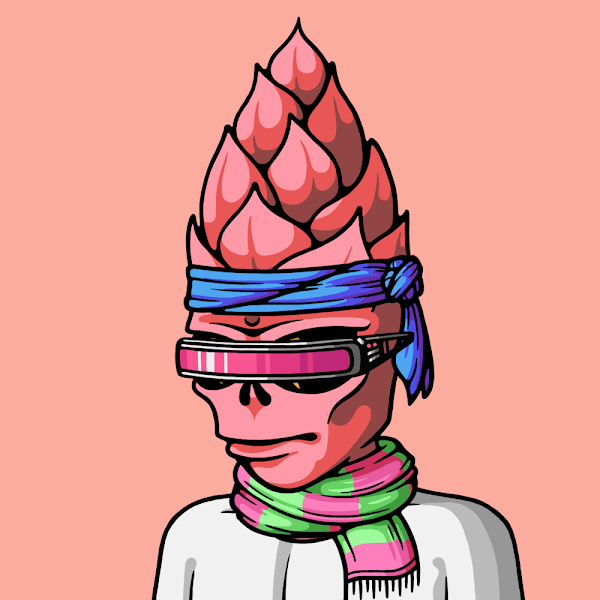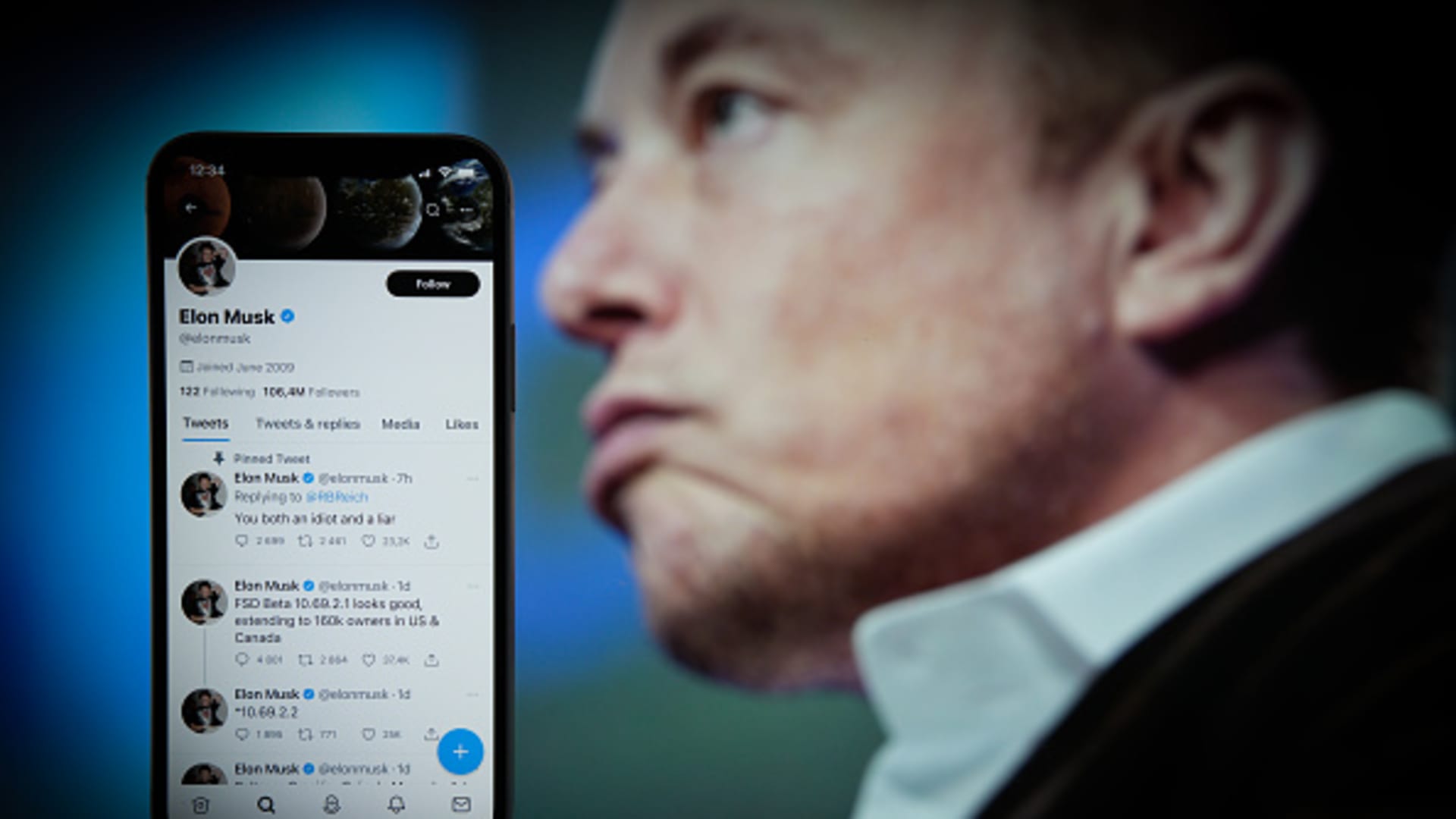A couple of months ago, when Elon Musk announced that he would indeed be buying Twitter for $44 billion in spite of his attempts to back out for several months, my immediate impression was that he simply overvalued and overpromised, and now had to make good on buying something for far less than it was worth. Some speculated that Musk didn’t want some of his personal details going out at a full trial, others suggested that going ahead with the deal was some sort of power move… somehow. But the fact of the matter is, and this is fully public and available information: Elon had no legal standing to back out. And so, he was forced to buy a fun-sized candy bar at a king-sized price, and that seemed like it would be that. Poor Elon. But then I started to remember another of these major acquisitions from back in my day: Myspace.
For those who don’t remember, Myspace was on top for a long time. Before Twitter, before Youtube, before even Facebook, Myspace was the social media platform. Literally. At the time, it was seen as something of an unsinkable giant. But the one thing we know to be true of all unsinkable giants is that, sooner or later, they sink. That said, Myspace was already on the decline when it was purchased (for a mere $35 million down from its multi-billion dollar evaluation in years prior) in 2011. So perhaps comparing this acquisition to that of Myspace is jumping the gun a bit. Especially since that wasn’t even the first time the company changed hands. Then again, Bob Iger backed out of buying Twitter when it was revealed how extensive the population of bots on the site was. The platform, after all, is only profitable if people actually use it. Not just because getting actual users to look at ads is how you make money from advertisers, but also because, in the end, the user is the product. Your data is more valuable than your clicks.
Unfortunately for Twitter (and its new owner), Twitter was still losing money. Over $1 billion a year. Enter Musk’s somewhat interesting solution: monetizing the blue checkmark. Now this decision has been memed to mars and back in a Tesla, but here’s a recap: Musk spends a lot of money on something that loses money. Musk tries to find a way for it to make more money. Suggests making Twitter’s verification system a subscription service instead, defeating the very point of the system which protects against fraud and impersonation. He suggests a $20 per month price, then immediately walks it down to $8 a month. Then, as soon as anyone can buy a blue checkmark, all of them are useless, and fraud and impersonations run rampant. Musk, the guy who took the reigns of Twitter under the premise of returning comedy and free speech to the platform, immediately drops the ban hammer on anyone pretending to be someone else. Unless, of course, they say they are a parody account. Nope, that doesn’t fly either apparently. So huge personalities are kicked off of the platform. Then Musk announces that he will be releasing a system that verifies people, which everyone is quick to point out is exactly what the blue checkmark was meant to do. And finally, Musk walks back his monetization scheme entirely. Now you’re up to speed on that.
And, keep in mind, this is in and among firing swaths of employees including whole teams, leadership, and key operating positions. At the same time, it leaks that Musk has communicated to the remaining staff that working from home is no longer chill. He enacted a similar philosophy at Tesla a while back. And although many employees aren’t happy (and are confused about how exactly this return to office will even work on just a purely technical level), people started to point out that Twitter had lately gotten a little, well, slow. And when Musk took to Twitter to flame his remaining staff for the app’s lack of speed, one employee simply corrected him. And then Elon humbly apologized for his mistake, thanked the employee for filling him in, and began working on solutions. Just kidding, he fired the guy. And when the remaining team attempted to enact that fired employee’s idea of reducing the bloat of needless services, they accidentally disabled two-factor authentification, locking out anyone who happened to log out during this time who utilized 2fa (which is just about every major account on the platform).
Will this be the end of Twitter? I have no idea. We might see it go the way of Myspace, or it might hang on, it’s difficult to say. That said, it has been fun to watch the chaos from the sidelines. And every time I think it’s over, another reason to put on some popcorn crops up.

